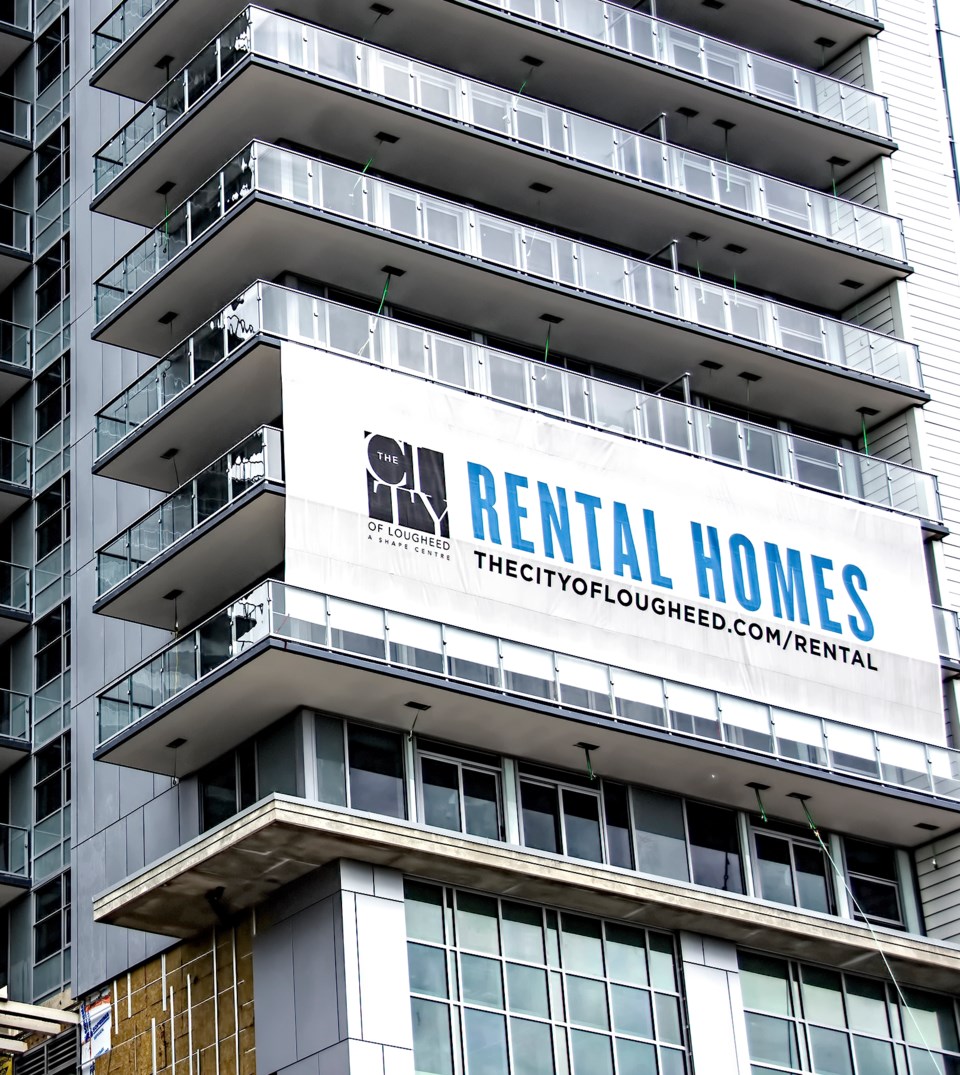Rent increases in B.C. are now capped at 3.5 per cent for 2024, according to a September 11 announcement by the Ministry of Housing.
The maximum allowable rent increase is the highest it has been since 2018, 4 per cent, while also being set below the inflation rate for the fourth year in a row.
“Across the country, costs have been increasing — especially for housing — at a rate that’s unsustainable for many people,” said Ravi Kahlon, Minister of Housing, in a statement.
“We know that’s the case for both landlords and renters, and that’s why we’ve found a balance to protect renters while helping to keep rental units on the market.”
Residential tenancy regulations place a maximum allowable rent increase that is based on the inflation rate. Prior to 2018, the rent cap was calculated based in the inflation rate plus two per cent but was changed following a recommendation by the Rental Housing Task Force.
The rental cap is below the year-long average inflation rate of 5.4 per cent and was avoided to save B.C. renters money.
However, the government release notes that as inflation returns to normal levels, rental caps will return to increases that are tied to the province’s Consumer Price Index.
“With renters facing a possible rent increase of almost 6 per cent, the government listened to the voice of renters and acted, and I'm so glad they have,” said Spencer Chandra Herbert, Premier’s special liaison for renters, former chair of the Rental Housing Task Force and MLA for Vancouver-West End, in the release.
“We also know people renting out homes are facing increased costs and want to make sure they continue to make places available for long-term renters.”
Rent increases were cancelled in 2020 and 2021 during the pandemic with the rental cap in 2023 at 2 per cent. Last year’s rental cap was also below the 12-month inflation rate of 5.4 per cent, according to the B.C. government.
Mark Goodman, head of Goodman Commercial Inc. Vancouver, a real estate agency focussed on multi-family rentals, said the rental cap rate for 2024 should have been from 5.6 per cent to 5.7 per cent to reflect inflationary pressures.
Goodman notes that, since 2019, landlords have shouldered significant hikes in all expenses, ranging from 8 per cent to 250 per cent.
For example, City of Vancouver property taxes are slated to increase to more than 9 per cent in 2024, according to recent forecast from city staff.
“Since 2022, the surge in interest rates to their highest level has only made the problem worse, “Goodman noted. “With more expenses and less revenue, partly thanks to capped and cancelled rent increases, building owners have less funds to spend on steeper mortgages, rising labour costs, and bigger maintenance and utility bills.”
Thom Armstrong, CEO of Co-operative Housing Federation of British Columbia, acknowledged both tenants and landlords are being squeezed: the former by the cost of living, the latter by the cost of maintaining buildings and reinvesting in them.
Asked by Glacier Media if the government should have delayed the increase, considering how renters are already paying big rents, Armstrong said that would've introduced more uncertainty into the market.
For Richard Heikkila-Sawan, who currently lives in temporary housing in Vancouver but just got accepted to a new co-op, rent increases "should be zero."
"It should go backwards, not higher because landlords are making too much money as it is, especially landlords that have an older building and have done nothing to improve it or renovate it — and then they still get to charge more,” he said.
The rental cap of 3.5 per cent will apply to rent increases with an effective date on or after January 1, 2024, and will not apply to commercial tenancies, non-profit housing tenancies in which rent is tied to income, co-op housing and some assisted-living facilities.



